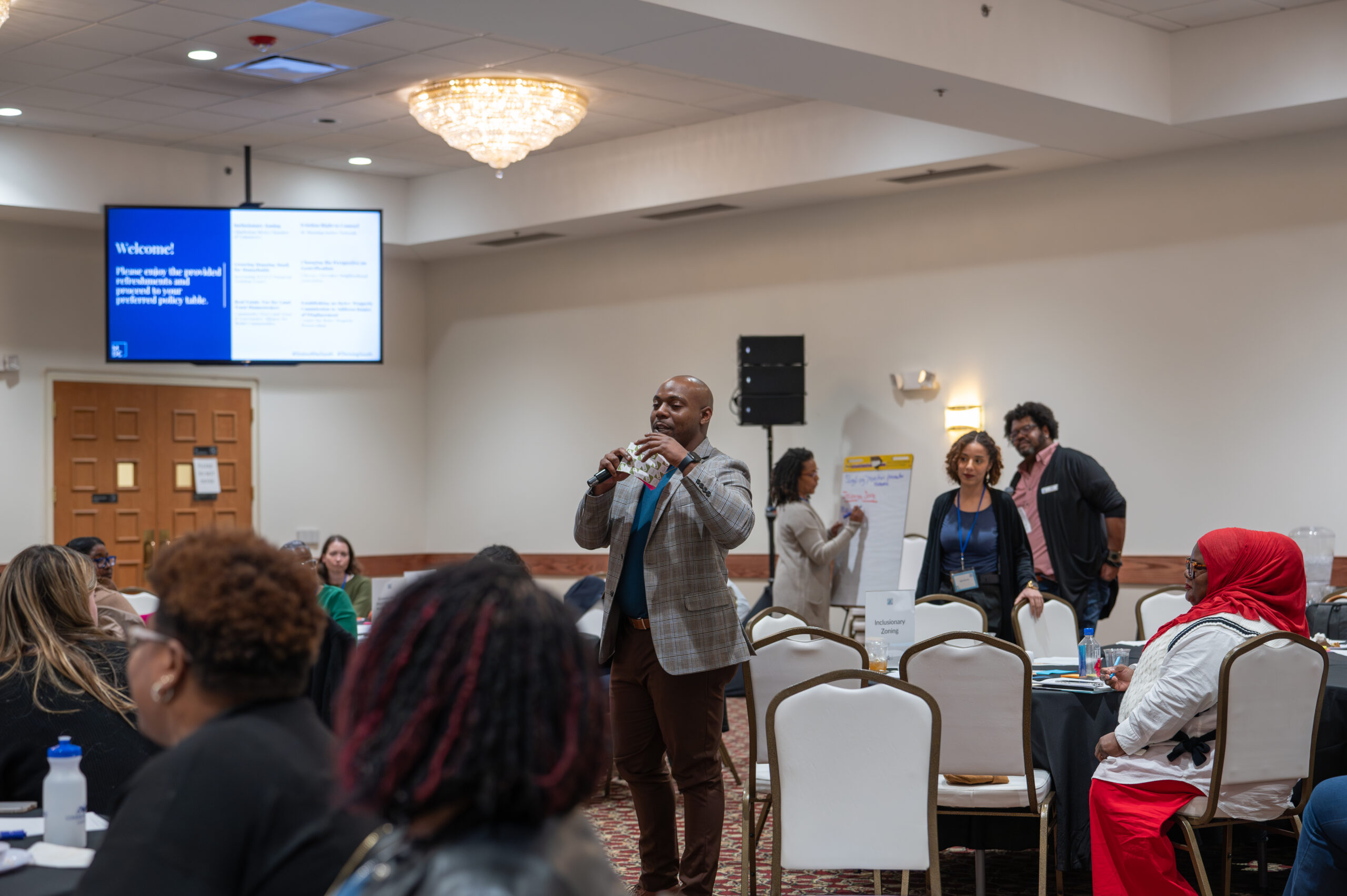Inclusionary Zoning-Reflections from State of the South Charleston, SC
Apr 15, 2024

In February, State of the South held its fifth convening in Charleston, South Carolina. Meeting over two days, community members, nonprofit leaders, business owners, policymakers, and artists gathered to discuss how to make Charleston, South Carolina, and the larger South equitably accessible to everyone.
Following the event, we invited panelists and participants to reflect on their experiences. We’re honored to share with you this reflection from Craig Logan, Executive Housing Fellow at The Charleston Metro Chamber of Commerce.
Millions of Americans continue to pay more than a third of their salaries on housing costs. Why? Because there is a shortage of housing units across the county? As housing prices continue to rise, wages do not follow the same trend. To counteract this crisis many cities have begun to pay close attention to their zoning regulations and implement changes that increase density and decrease parking requirements.
But is this enough? For many regions like the Charleston metro area, developers may hesitate to jump on the “density bandwagon.” Currently, there isn’t enough housing located on the corridor to ensure riders will use the transit line. A recent Charleston Area Transportation Study (CHATS) identified that less than 1% of the Charleston area population uses public transportation as a means of transportation to work. This may be due to the lack of accessibility to public transportation in other parts of the region, or due to the need to produce more housing along the transit line. Berkeley, Charleston, and Dorchester County residents spend 21-24% of their income on transportation as a percentage of total income1. The Low Country Rapid Transit Affordable Housing Strategy in the LCRT Corridor reported that 21% of owner-occupied households also experienced a housing cost burden in 2022 and 48% of renter-occupied households experienced a housing cost burden.
Nationally, municipalities are focused on zoning regulation reform to attract developers to build more housing units. Establishing zoning that promotes transit-oriented development as a way to have more housing near transit, not only addresses housing issues, but it addresses infrastructure and traffic issues killing a myriad birds with one stone. Rezoning is a fast and inexpensive way to increase density. Take Minneapolis as an example. Besides making changes to their density, they also eliminated parking requirements which can lead to reduced traffic congestion, encouraging sustainable transportation, promote mixed-use development, and increase housing affordability. NPR recently highlighted Minnesota for ending single-family zoning and allowing two- and three-unit homes to be built in every neighborhood. This zoning change resulted in the city adding 12% to its housing stock in five years. Could this be the solution more cities around the country enable? Rents rose just 1% during this five-year period compared to 14% throughout the state of Minnesota.
Could the Berkeley, Charleston, and Dorchester regions take a lesson from Minnesota? Many point to inclusionary zoning as a solution to housing affordability in our region, yet legally it is prohibited in the state of South Carolina. This could be the solution many cities in South Carolina are able to enact at a local level; bypassing the need for lawmakers to pass tough requirements at the state level.
Craig Logan is the Executive Housing Fellow at The Charleston Metro Chamber of Commerce. Visit https://www.charlestonchamber.org/about/ for more information.







